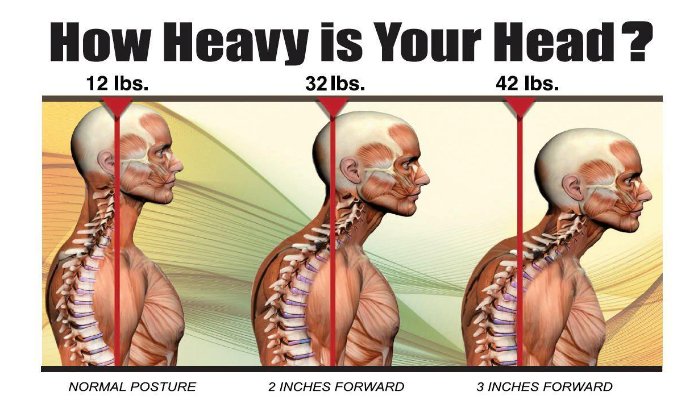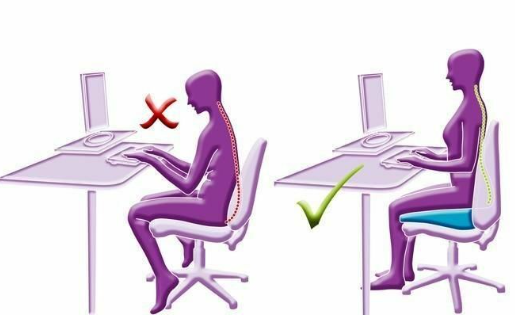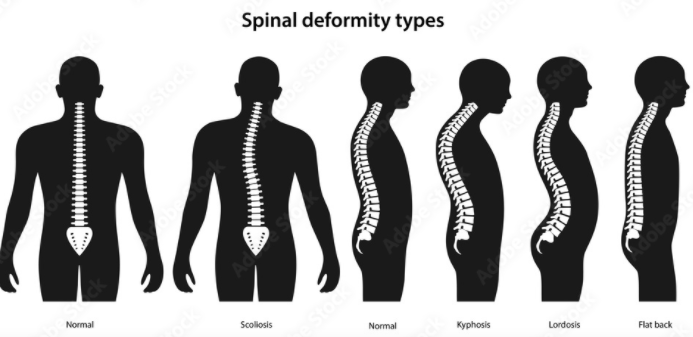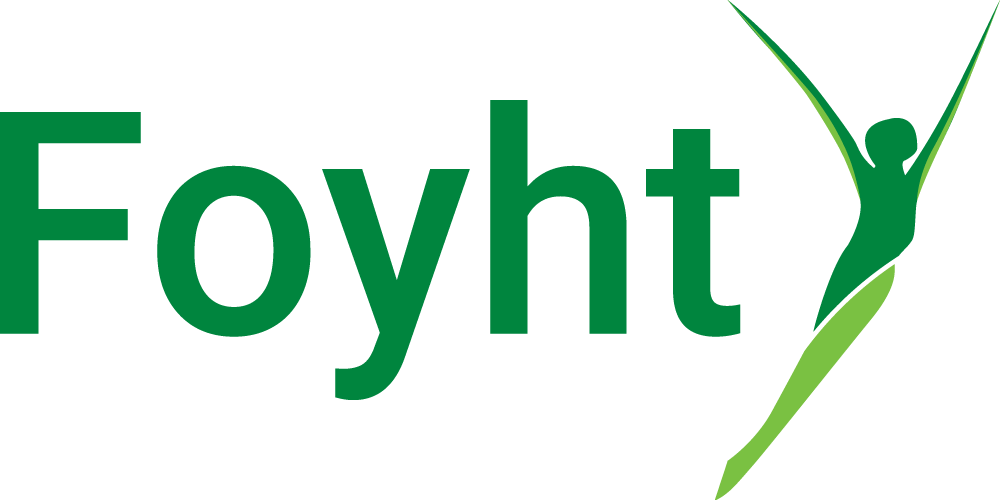When standing, our bodies should be upright to allow our weight to be evenly distributed through our skeleton. Unfortunately, many people’s posture today is bent forward, particularly at the head and shoulders, due to the proportion of the day spent sitting.

The average head weighs about 12 pounds, but for every inch the head rests forward of its optimal position (roughly level with the shoulders), an extra 10 pounds of ‘effective’ weight is added due to changes in biomechanics and leverage. This can explain why so many people experience tight muscles in their upper back and neck, often resulting in headaches and fatigue.
To check your own posture, stand with your back against a wall. If your posture is optimal (and you are of average build), you should be able to stand comfortably with your bottom, shoulders, and back of your head against the wall. Your feet should be shoulder-width apart, and your arms should be relaxed at your sides. You may find that achieving this position requires you to push your head backward toward the wall, and you might feel your lower back arch away from the wall as you do so.

So, what can we all do to improve our posture?
There is no single answer to this question, as it will depend on various factors such as fitness, lifestyle (including stress), and unresolved injuries, all of which affect the mechanics of your body. However, a good starting point is to maintain fitness by ensuring core strength and overall flexibility. The human body is designed for movement, which helps us maintain natural muscle balance and joint health.

For those of us who sit for long periods, ideally, your chair should be raised so your knees are below the level of your hips. This position allows the pelvis to tilt forward and facilitates the natural arch in the lower back, which also helps bring the head and shoulders back over the body. Tilting the seat forward or using a wedge can also encourage better posture.

Many of us experience restricted joints due to adverse mechanics and alignment (known as ‘subluxations’). Chiropractic care offers an excellent way to realign the body and restore optimal joint movement. With proper care and rehabilitation advice, improvements in posture can be achieved, which can also alleviate symptoms such as back and neck pain.





